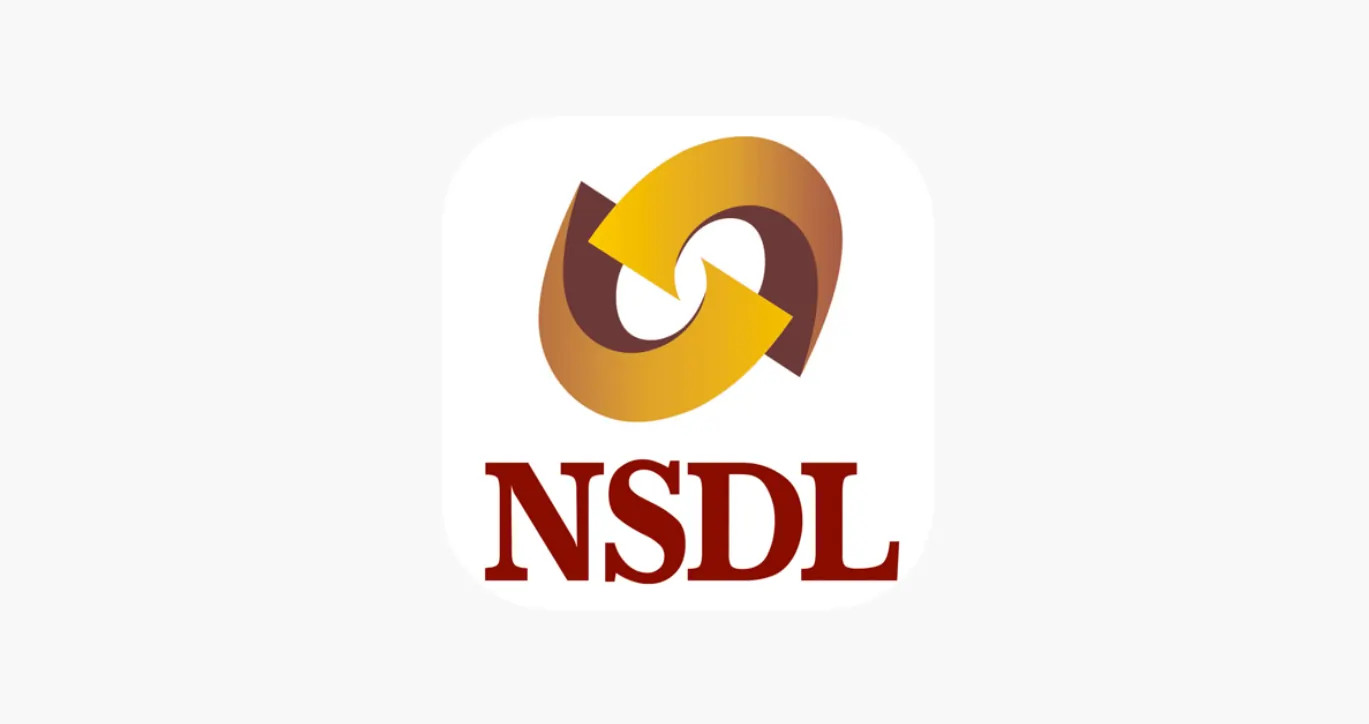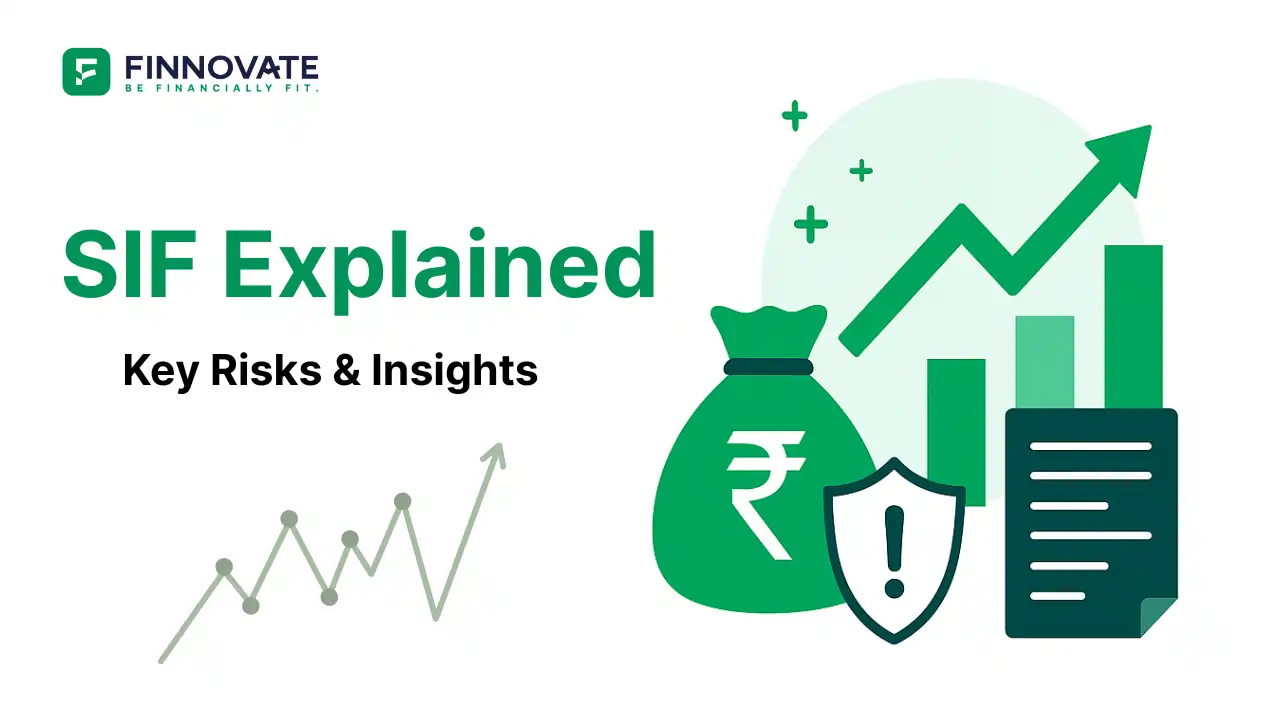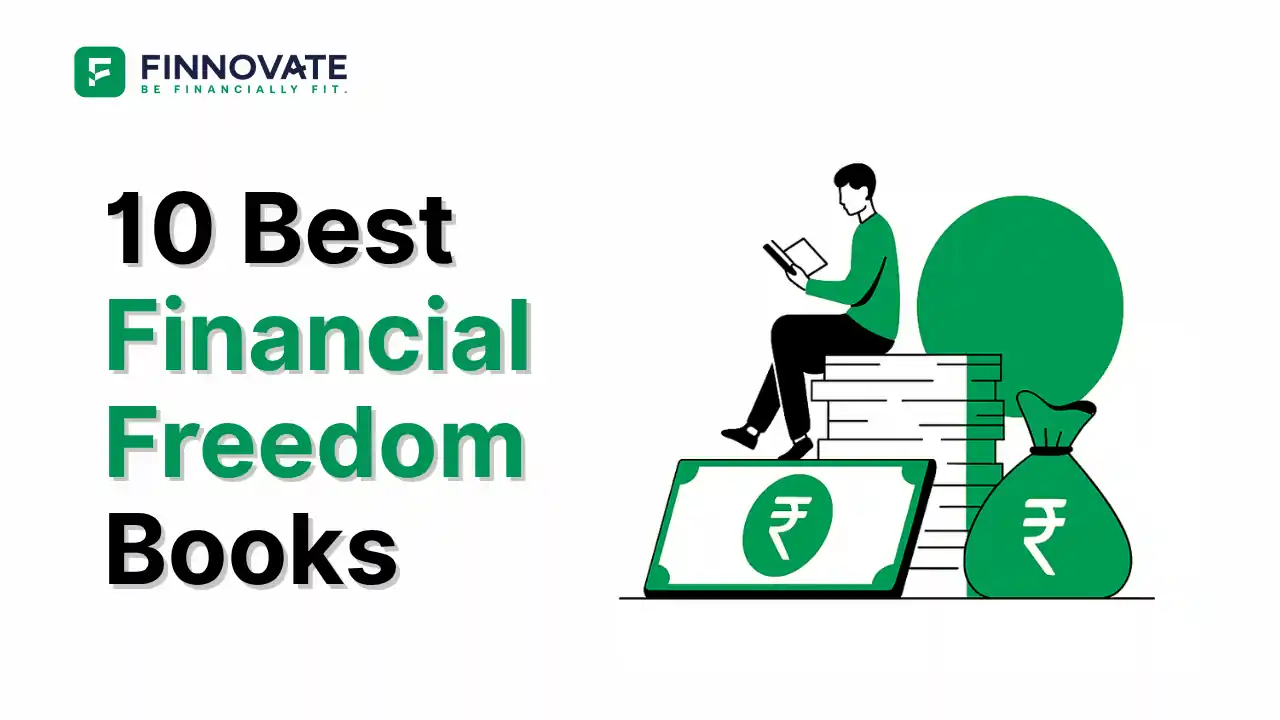
SIP Flows Are Slowing: Why Retail Investors Should Stop Timing the Market
SIP folio share is falling and SIP stoppage ratios are above 75% post Apr 2025 clean-up. H...
Mutual funds are a popular
investment option in India, offering a diversified portfolio managed by
professionals.
Assets under management (AUM) of
the Indian Mutual Fund Industry has grown from INR 7.66 trillion as on August 31, 2013 to INR 46.63 trillion as on August 31, 2023 more than
6 fold increase in a span of 10 years. There were 15.7 crore mutual fund folios as on 30
September, 2023.
However, to make the most of
your mutual fund investments, it's essential to track and manage them
effectively. Your financial goals and risk appetite have a significant impact
on your returns. Plus, mutual funds might perform better or worse depending on
market volatility and other macroeconomic factors.
To assess your mutual fund
returns, you should ensure that it is well aligned with your financial goals
and is diversified across asset classes. A well-diversified portfolio has the
ability to generate optimal returns over a longer period of time.
The evaluation of your portfolio
should be done periodically, and if the fund is underperforming, you may
consider rebalancing your portfolio.
To track and manage your mutual
funds portfolio, you can monitor some key ratios of the fund that will help you
assess the performance of your portfolio.
Understanding CAGR (Compound
Annual Growth Rate)
CAGR is a crucial metric to
evaluate the performance of your mutual fund investments. It tells you the
annual growth rate of your investment over a specific period.
Imagine you have a plant, and
every year it grows a bit. The CAGR is like looking at how much it grows on
average every year.
To calculate CAGR, you can use
the following formula:
CAGR = ((EV/BV)^(1/n)) - 1
Where:
CAGR gives you an overview of
how your investment has grown over time, making it easier to compare different
mutual fund schemes.
For example, if you invest INR
5,000 in a mutual fund and the CAGR is 10% over five years, it means that your
investment would have increased 10% every year. But the actual growth may vary
for different years. In the first year, it may be 13%, in the second year, it
may be 7% and so on. CAGR gives you a consistent growth rate that can be used
for comparison across different funds.
The Importance of XIRR (Extended
Internal Rate of Return)
XIRR is a more advanced metric
used to evaluate the performance of your mutual fund investments, especially
when you have irregular investments and redemptions. It factors in the timing
of these investments and provides a more accurate return rate.
For an SIP (Systematic
Investment Plan), where you periodically make investments, the timing of your
investments also affects the returns of your portfolio. In such cases, XIRR is
a more accurate metric to calculate your returns and assess the performance.
You can calculate XIRR in MS
Excel using the XIRR function:
=XIRR (Values, Dates, [guess])
Where:
While CAGR is used to calculate
the returns of a lump sum investment, XIRR is useful for an SIP.
Understanding Exit Load and
Expense Ratio
Exit load is a fee charged when
you redeem your mutual fund units before the specified period. Knowing the exit
load is crucial as it affects your returns.
Additionally, you should also
keep an eye on the expense ratio, which indicates the cost of managing the
fund. Lower expense ratios are generally more favorable for investors.
Tracking your mutual funds
returns may seem complex, but with the right knowledge and tools, you can
ensure that you have a healthy portfolio that is in sync with your financial
goals.
Please note that this article is
not investment advice. Always consult a financial advisor for personalized
guidance on your investment decisions.
Popular now

Learn how to easily download your NSDL CAS Statement in PDF format with our step-by-step g...

Explore what Specialised Investment Funds (SIFs) are, their benefits, taxation, minimum in...

Learn How to Download Your CDSL CAS Statement with our step-by-step guide. Easy instructio...

Looking for the best financial freedom books? Here’s a handpicked 2026 reading list with...